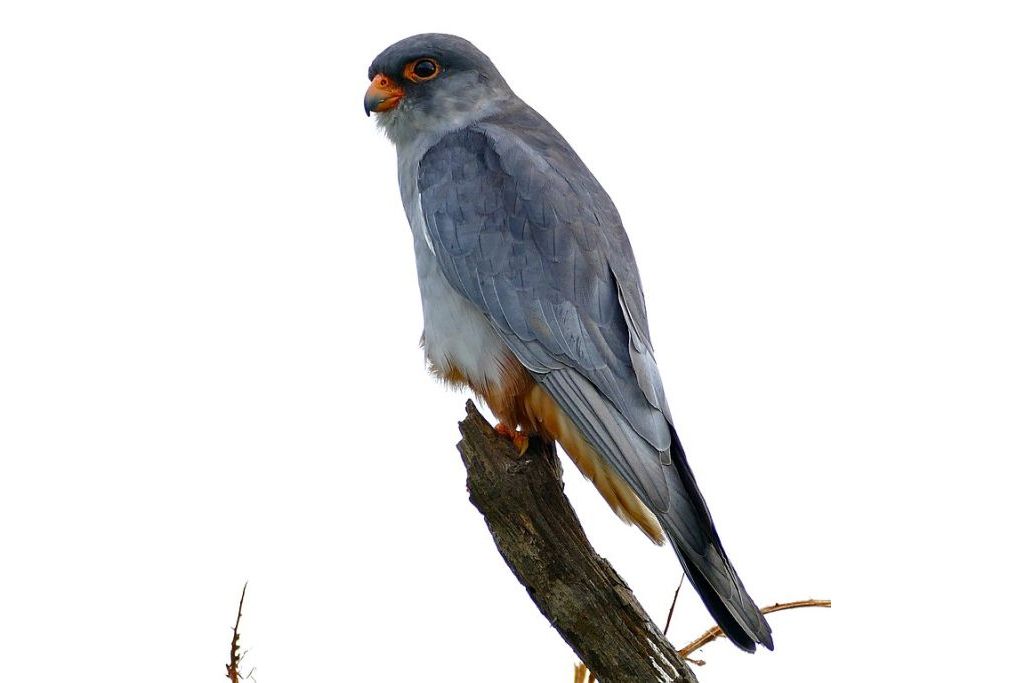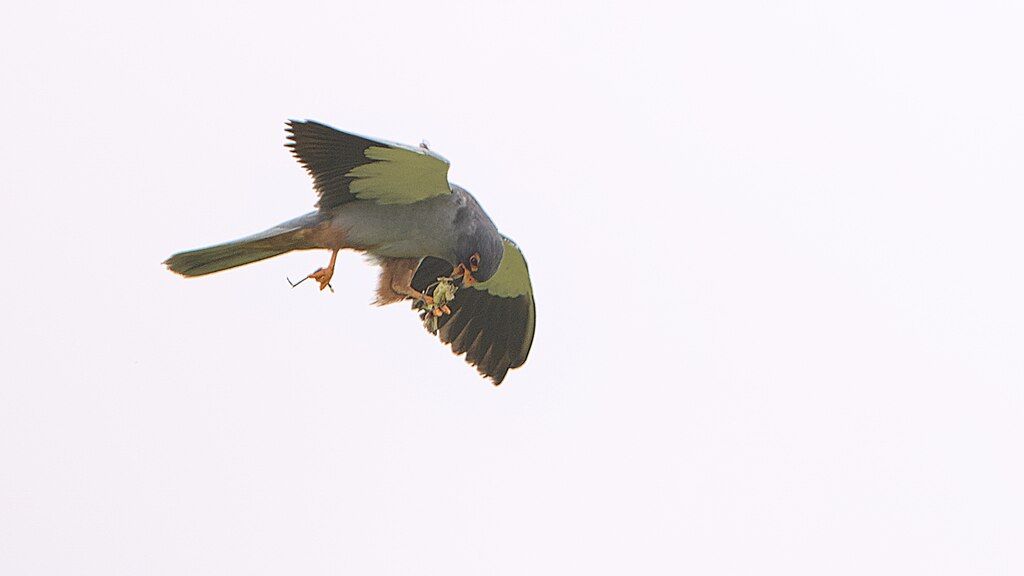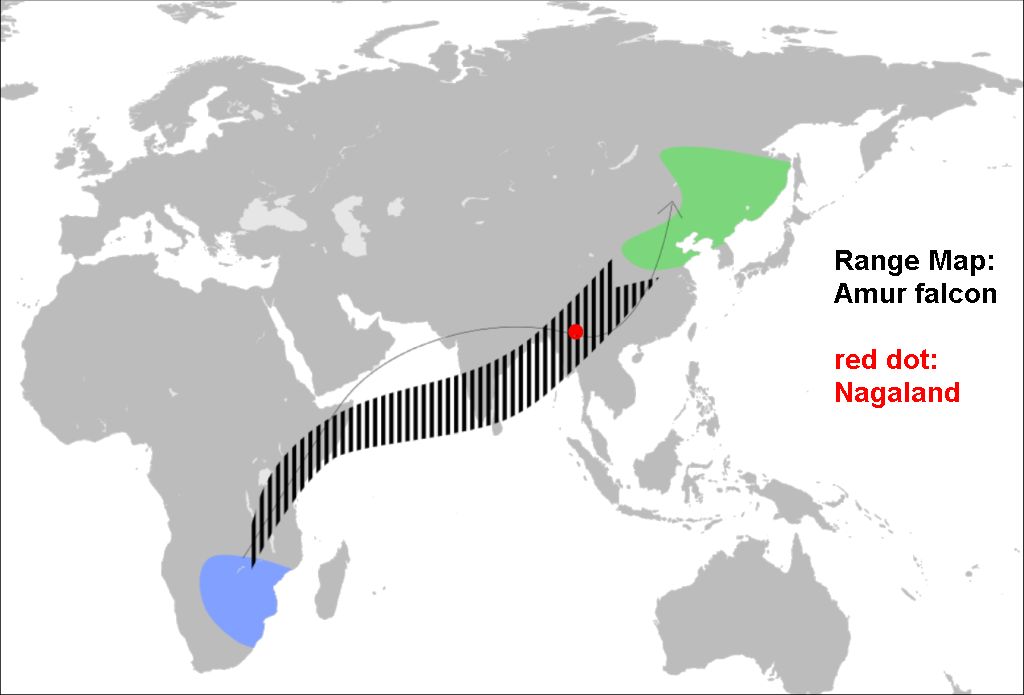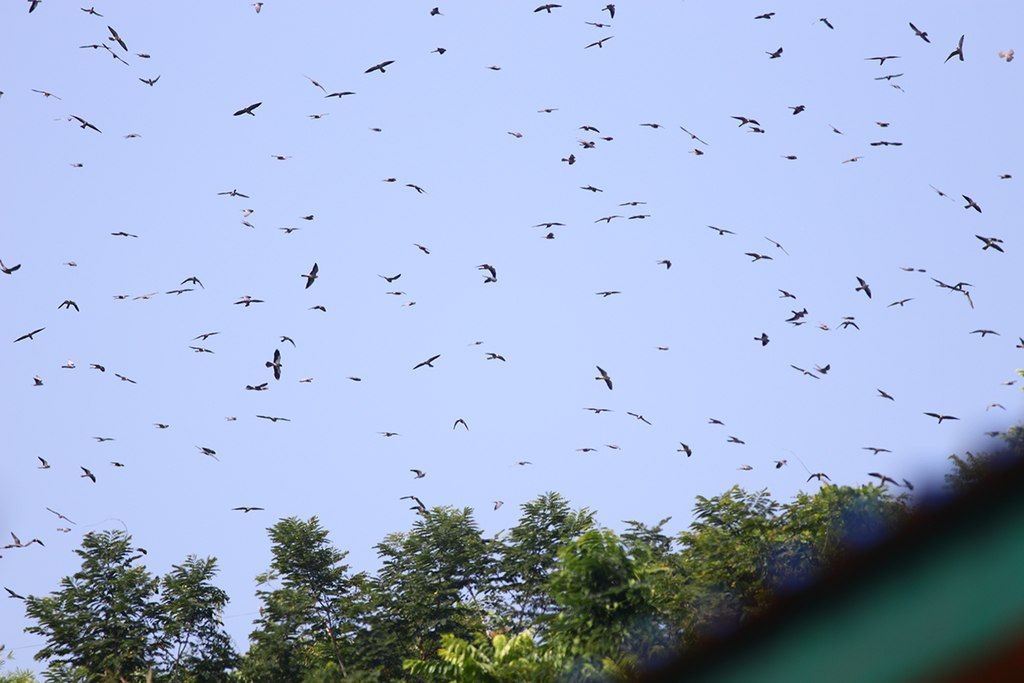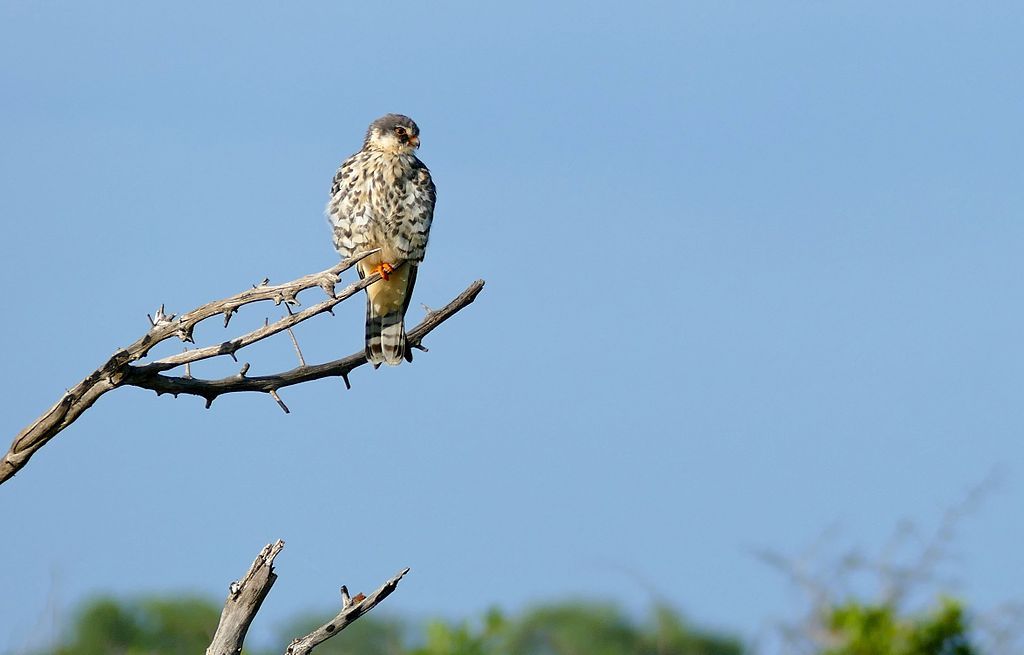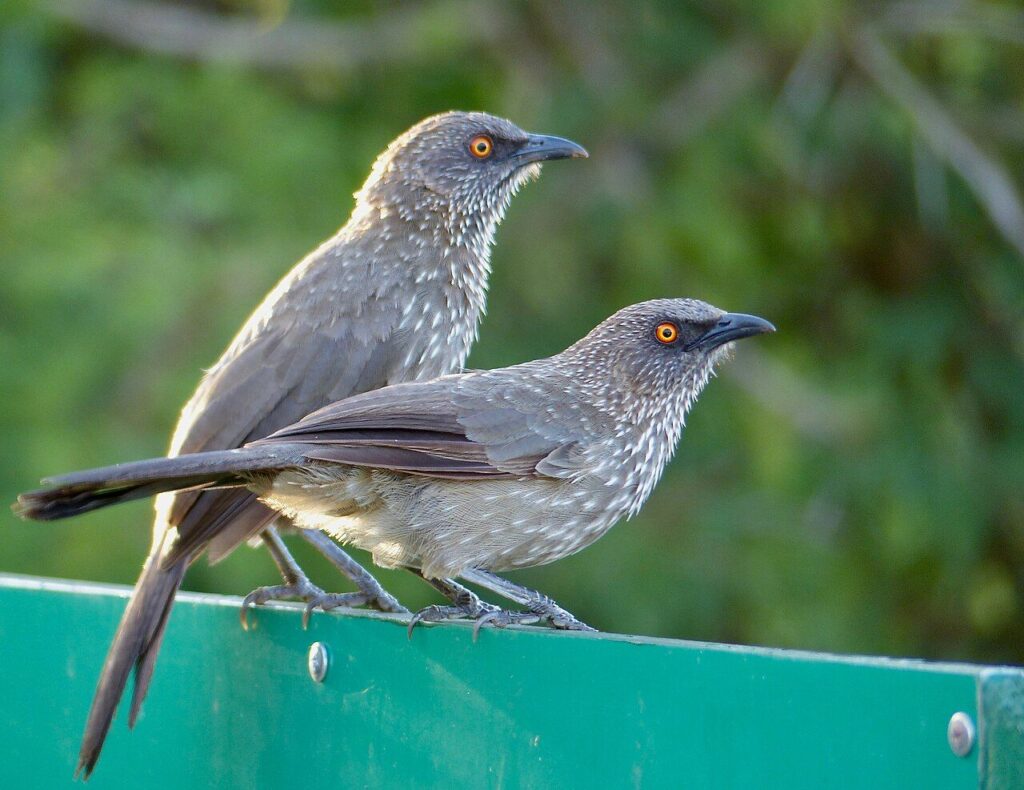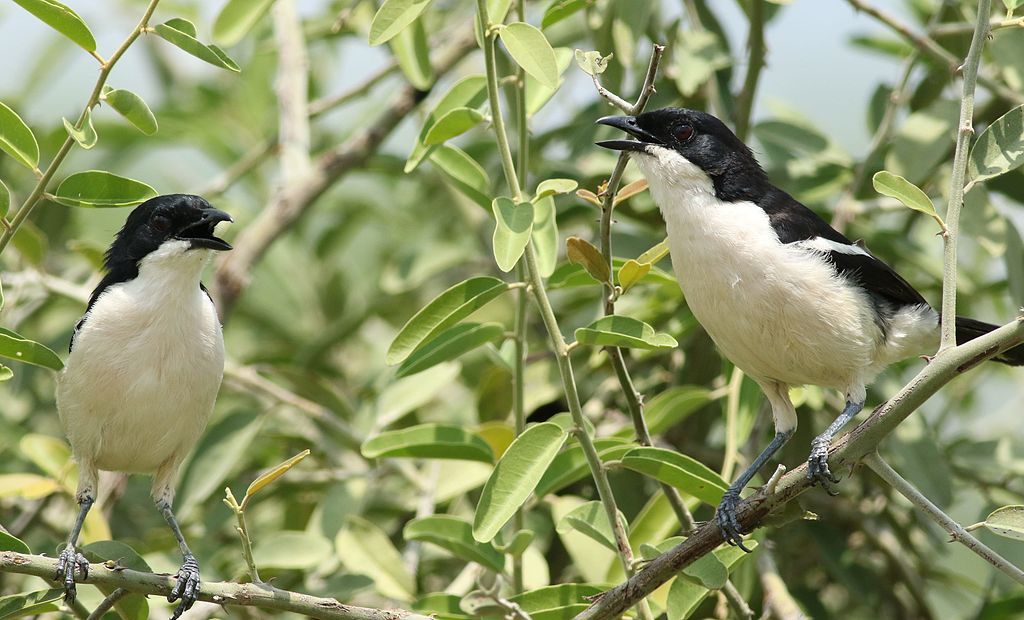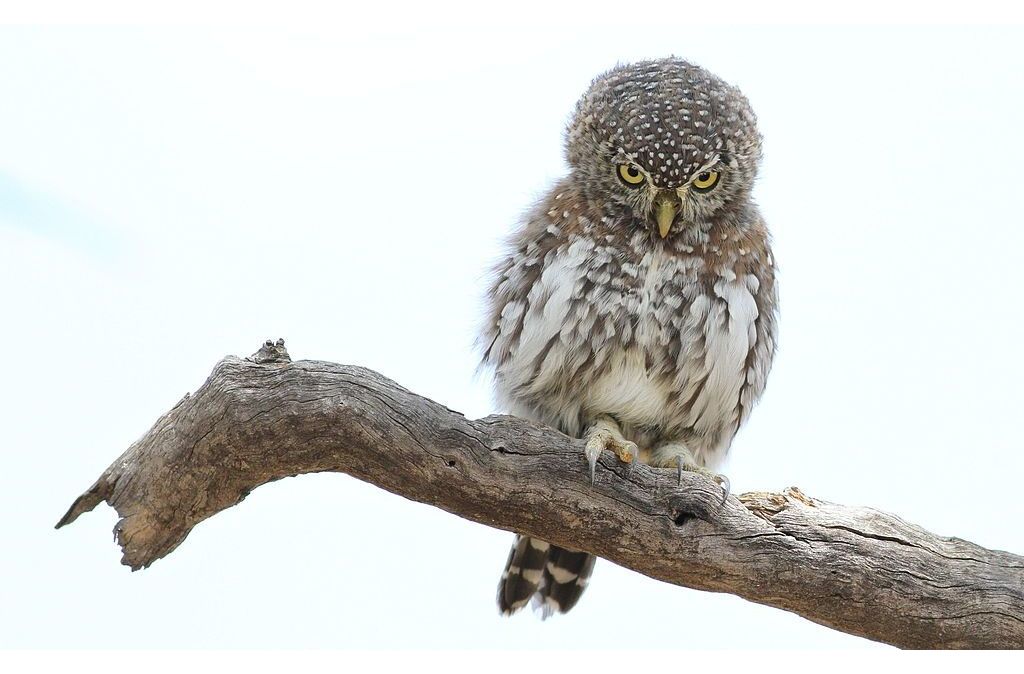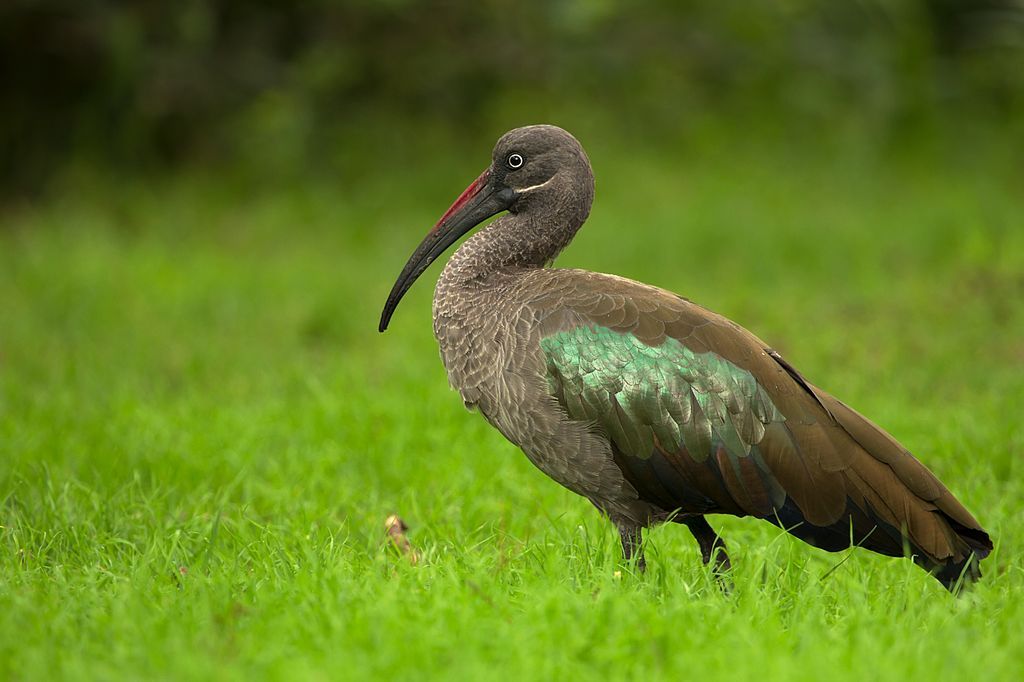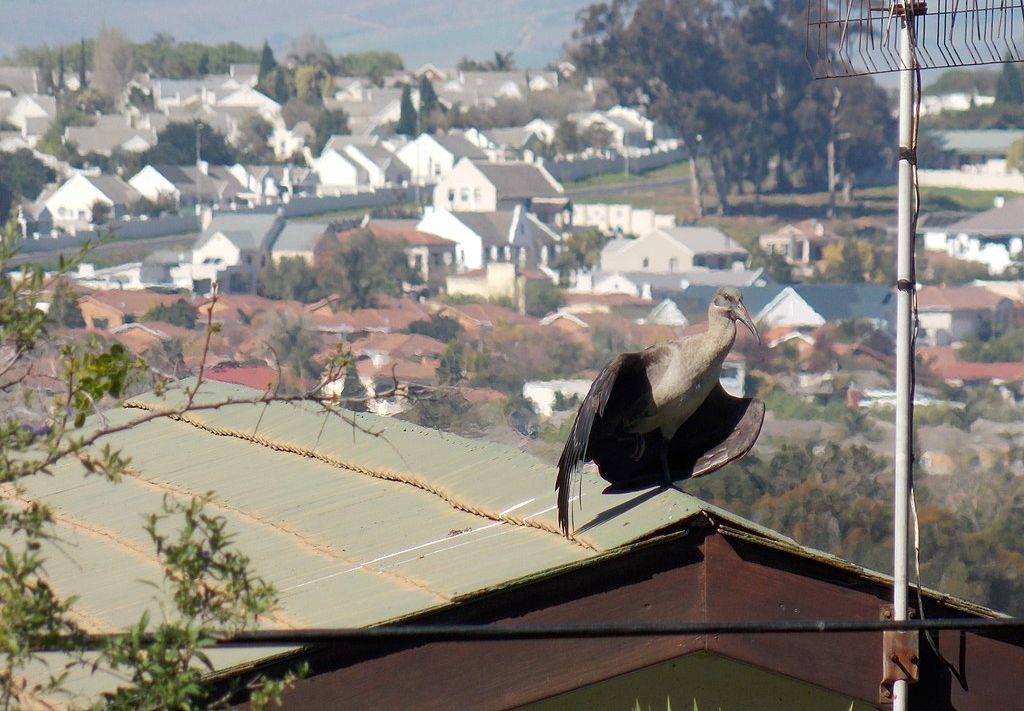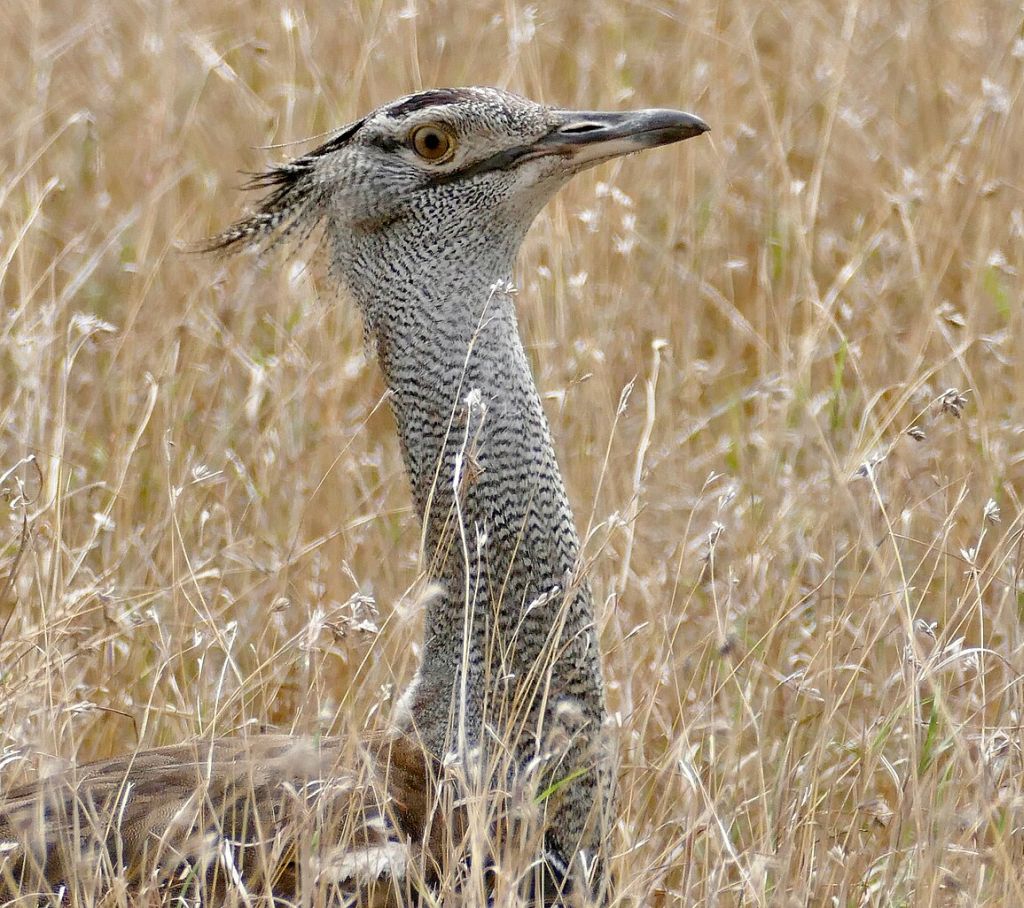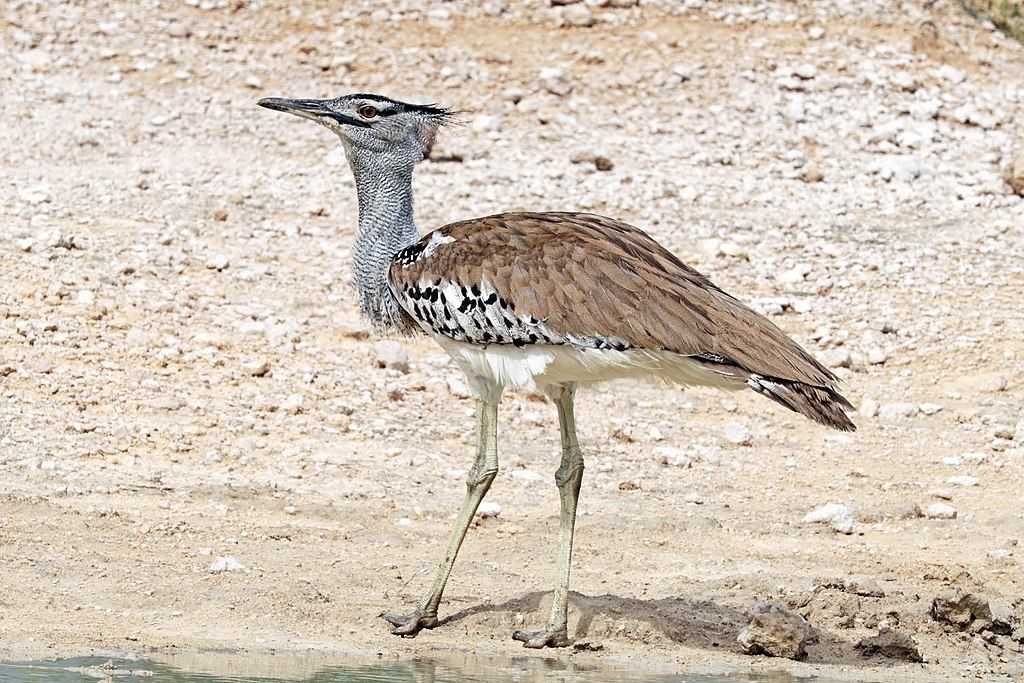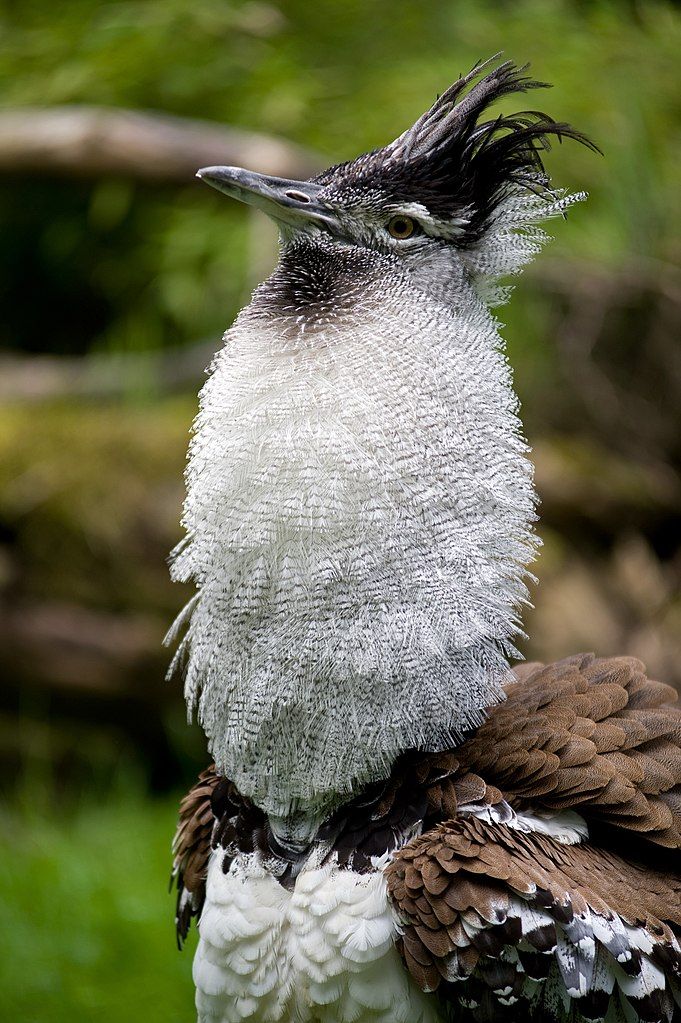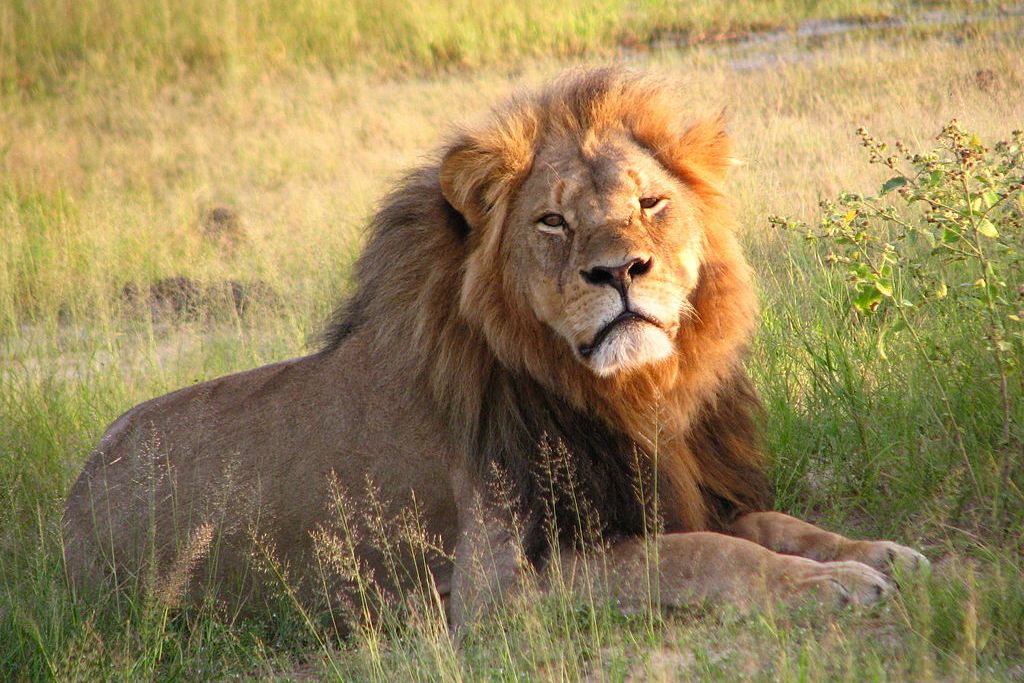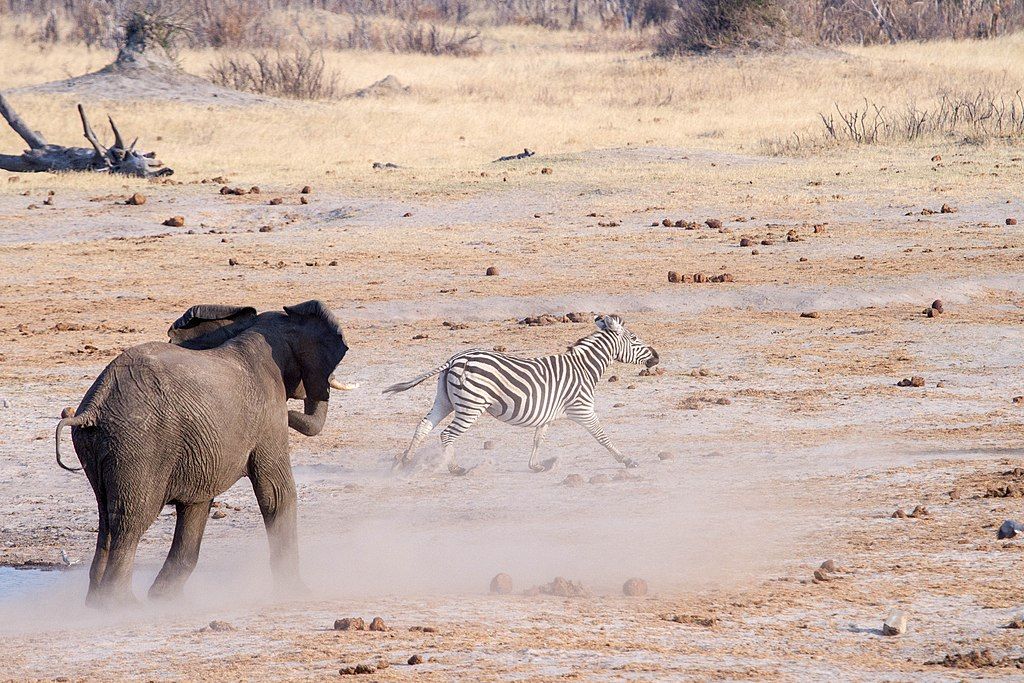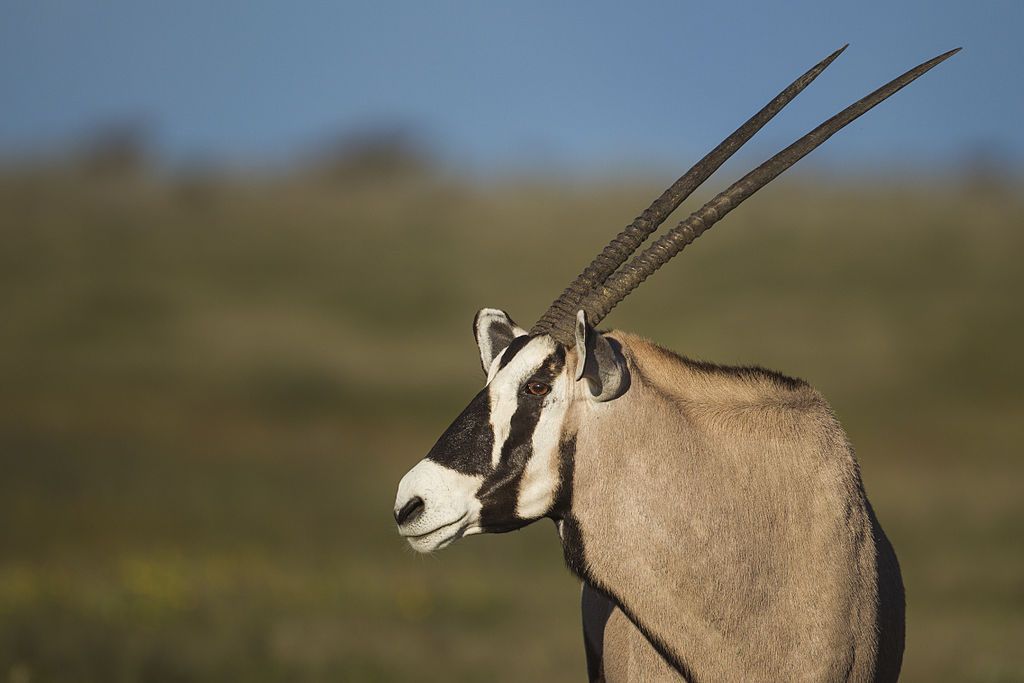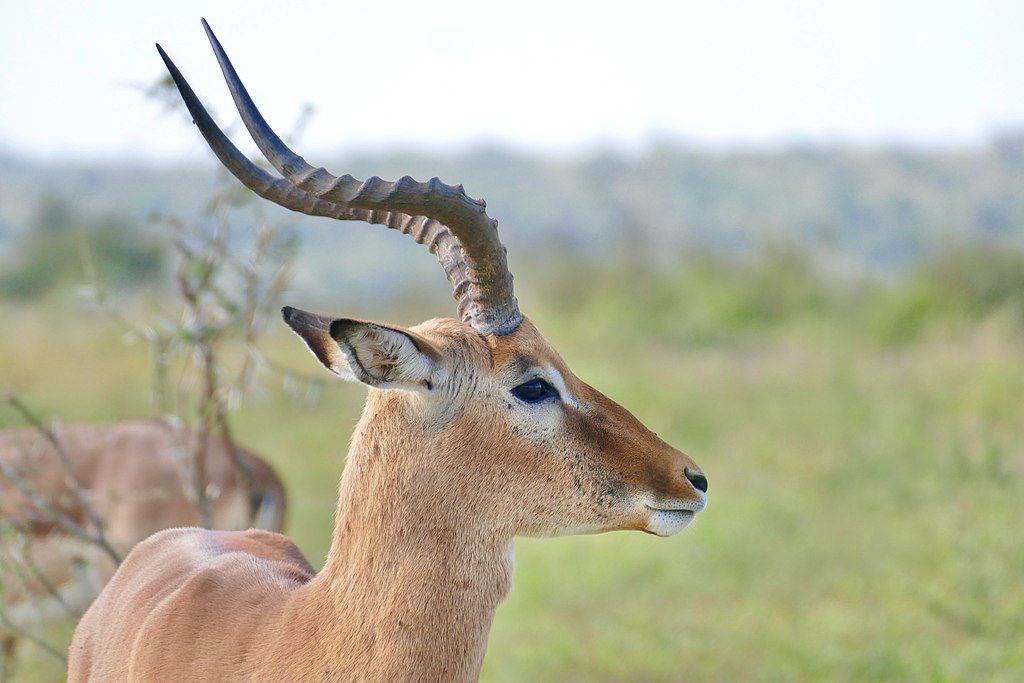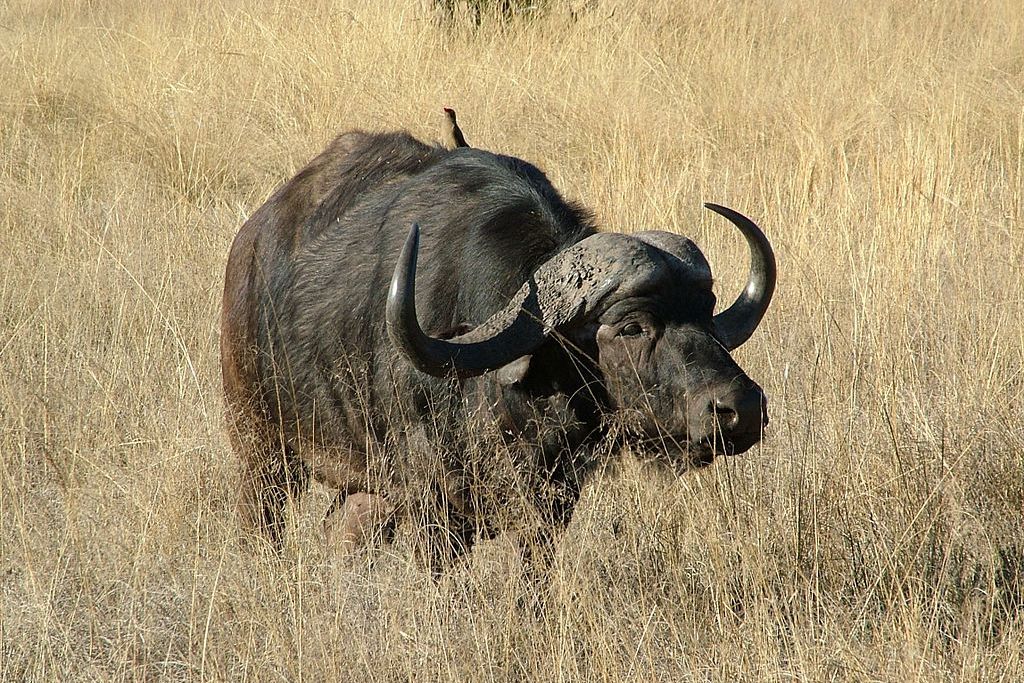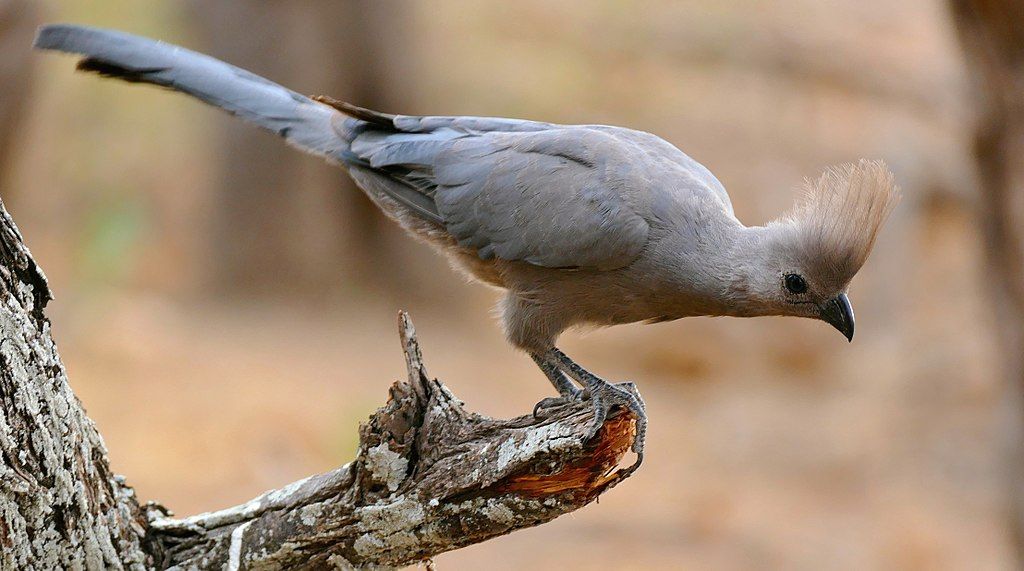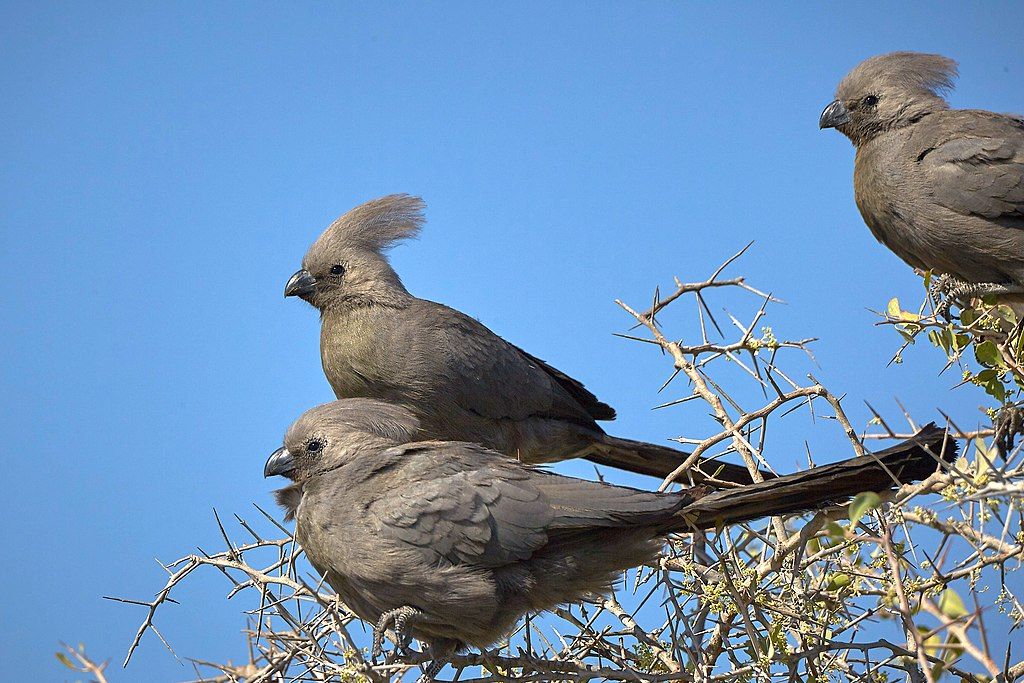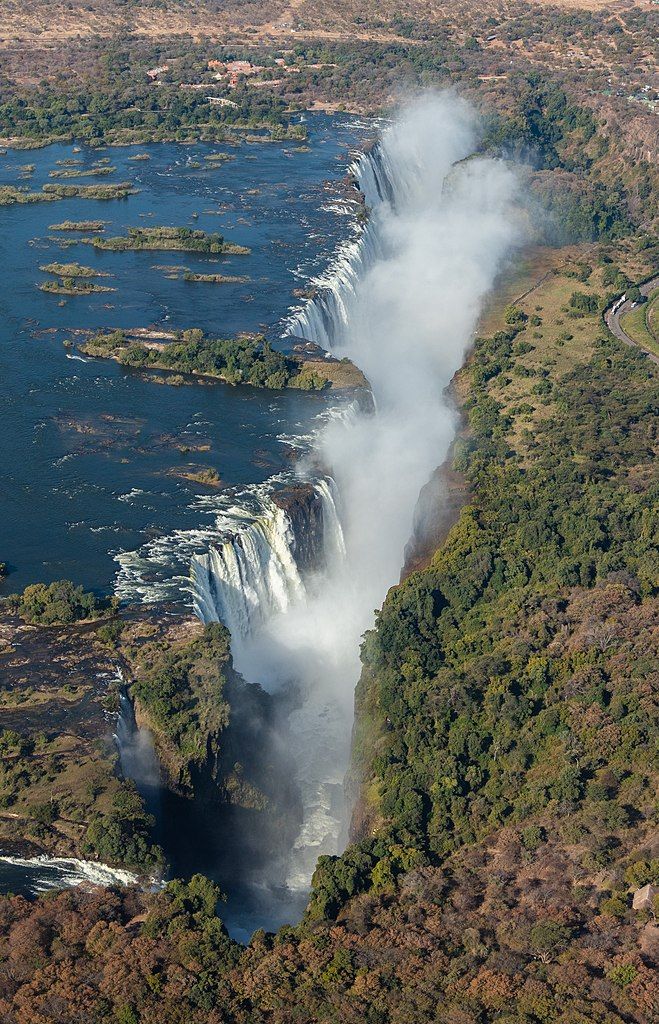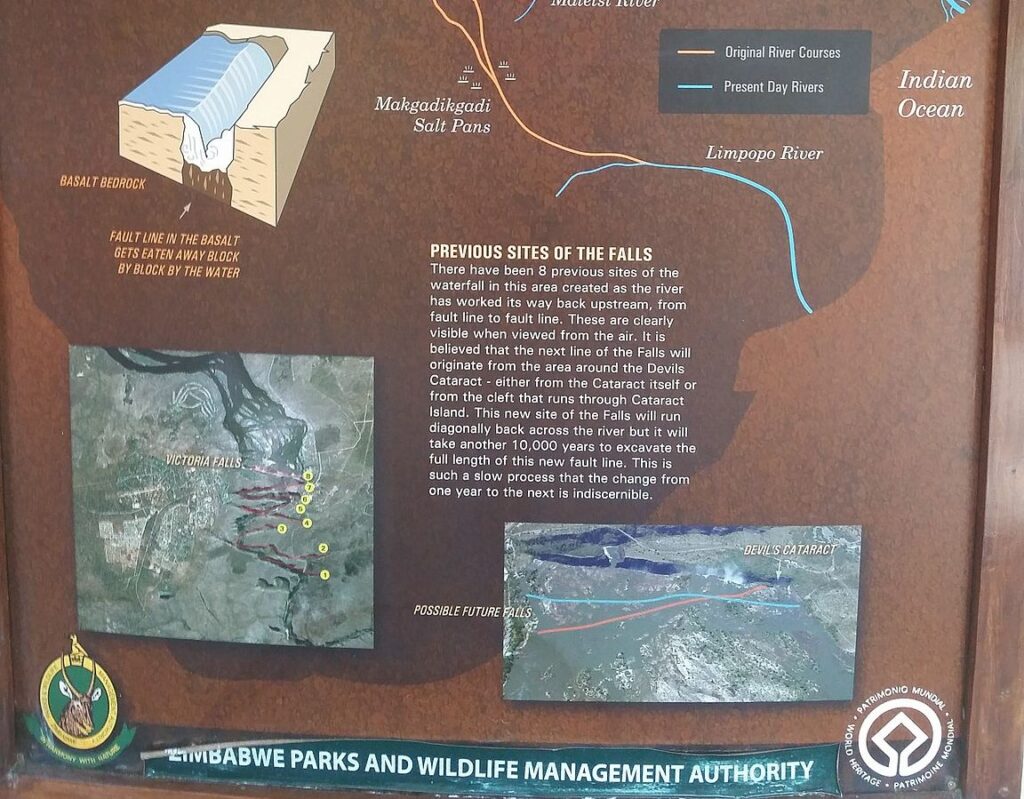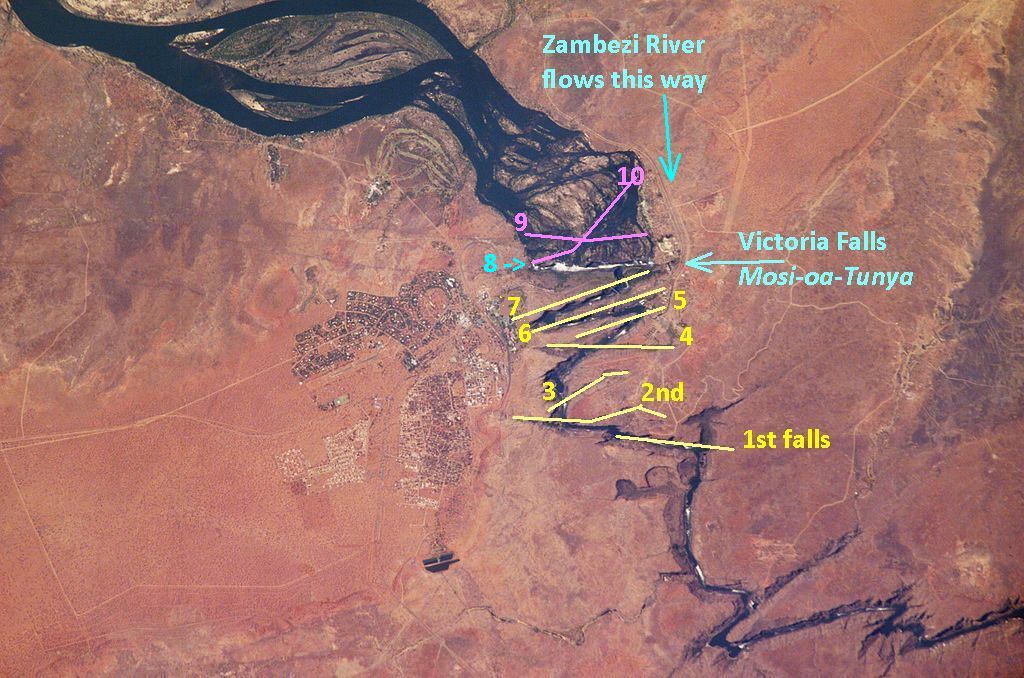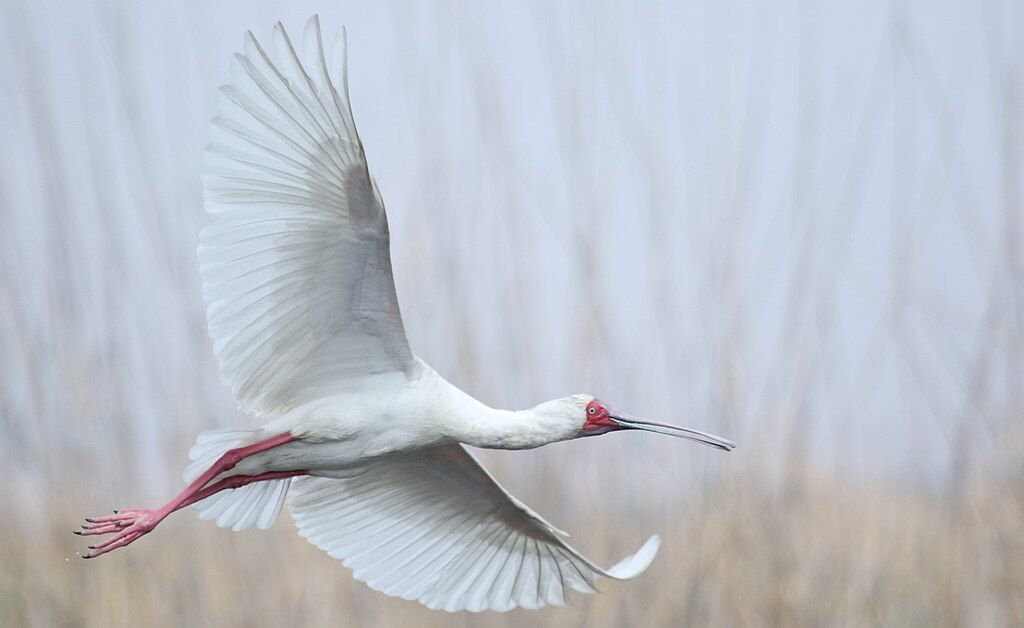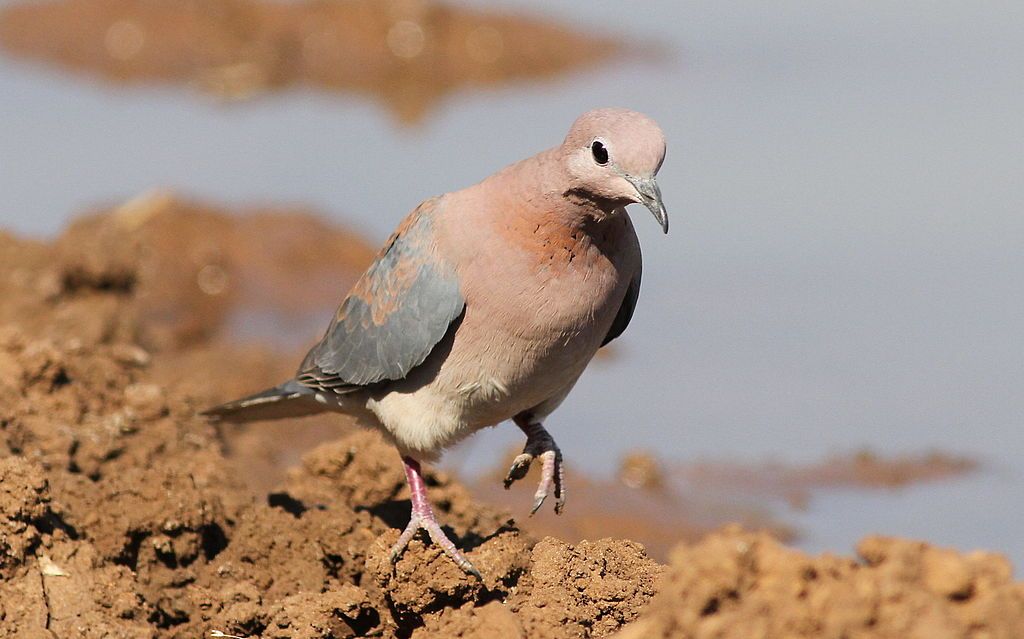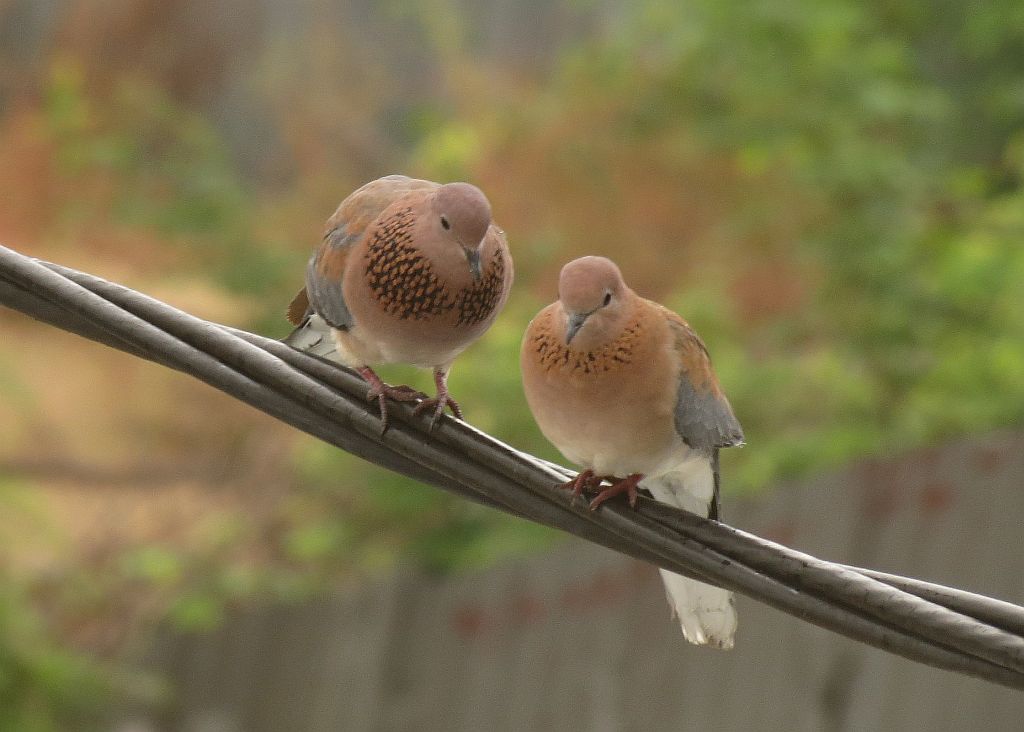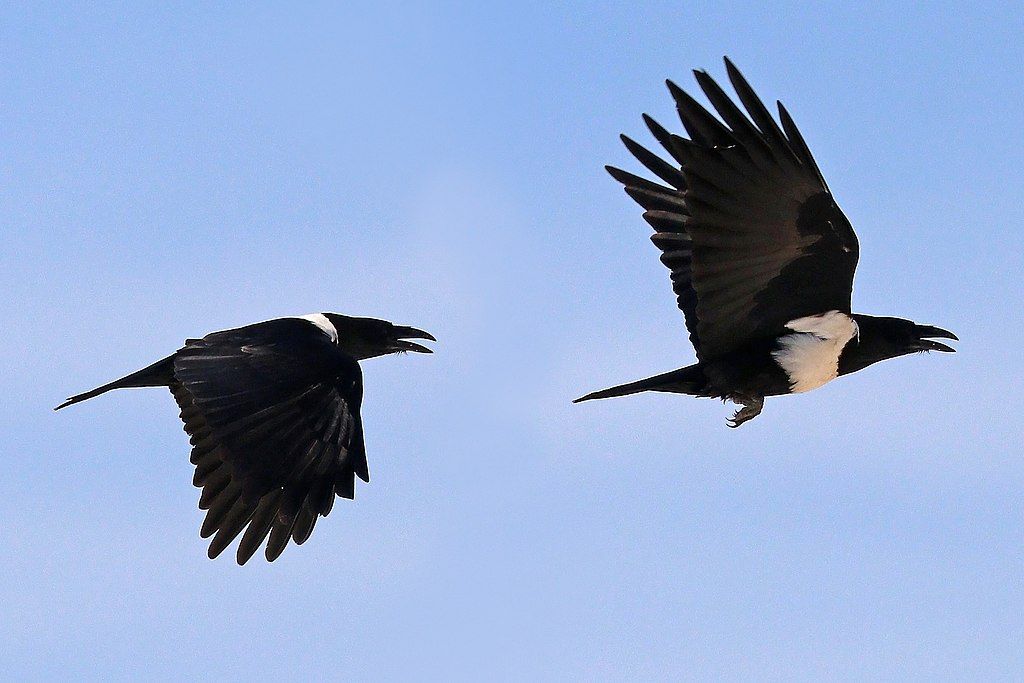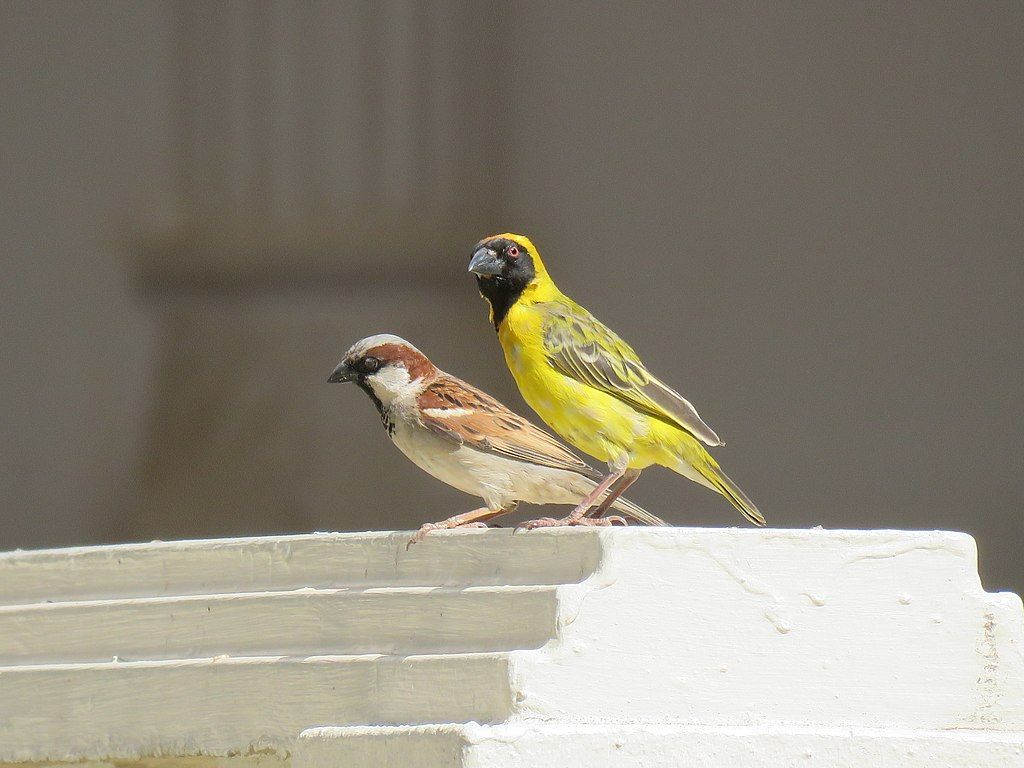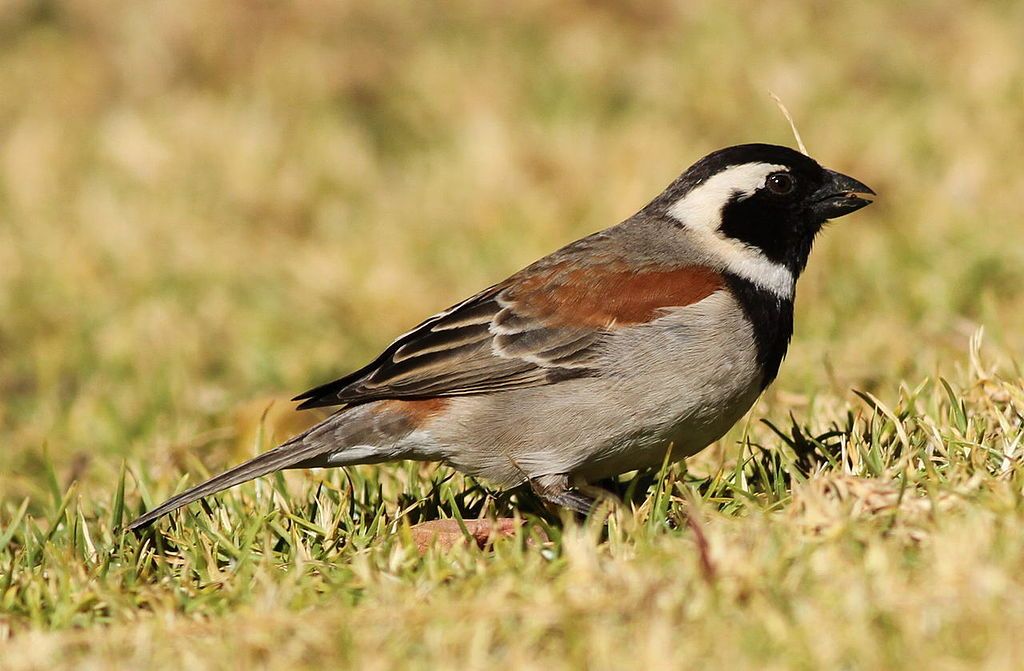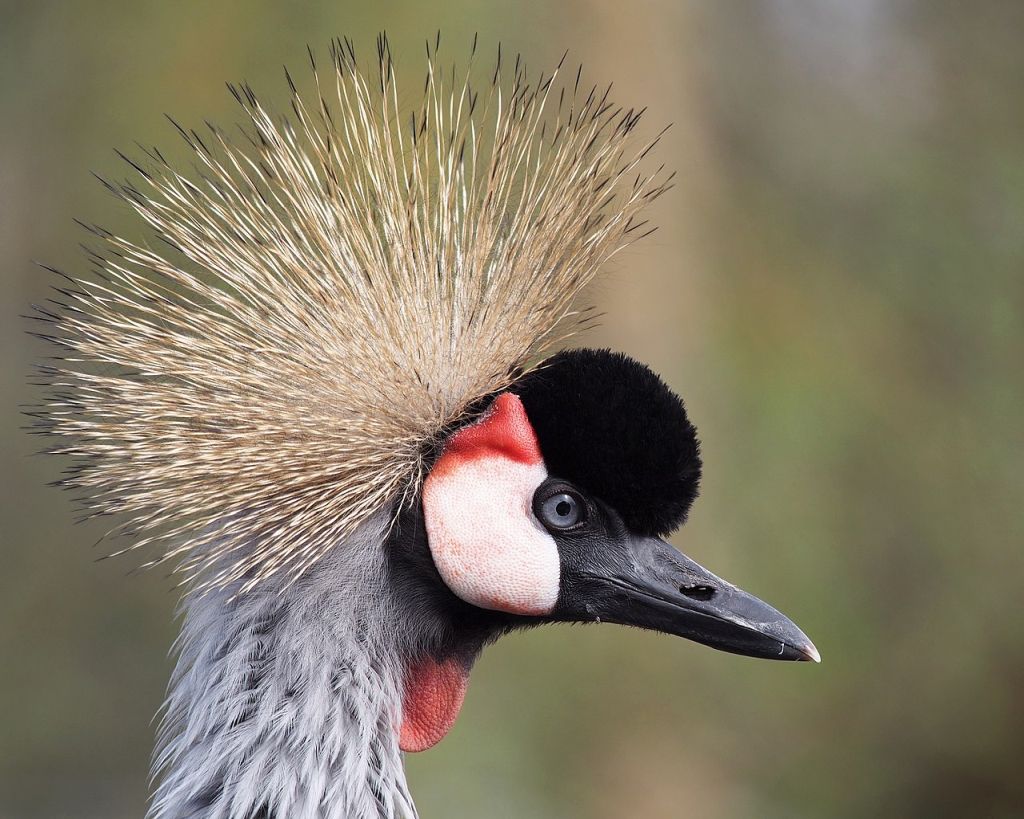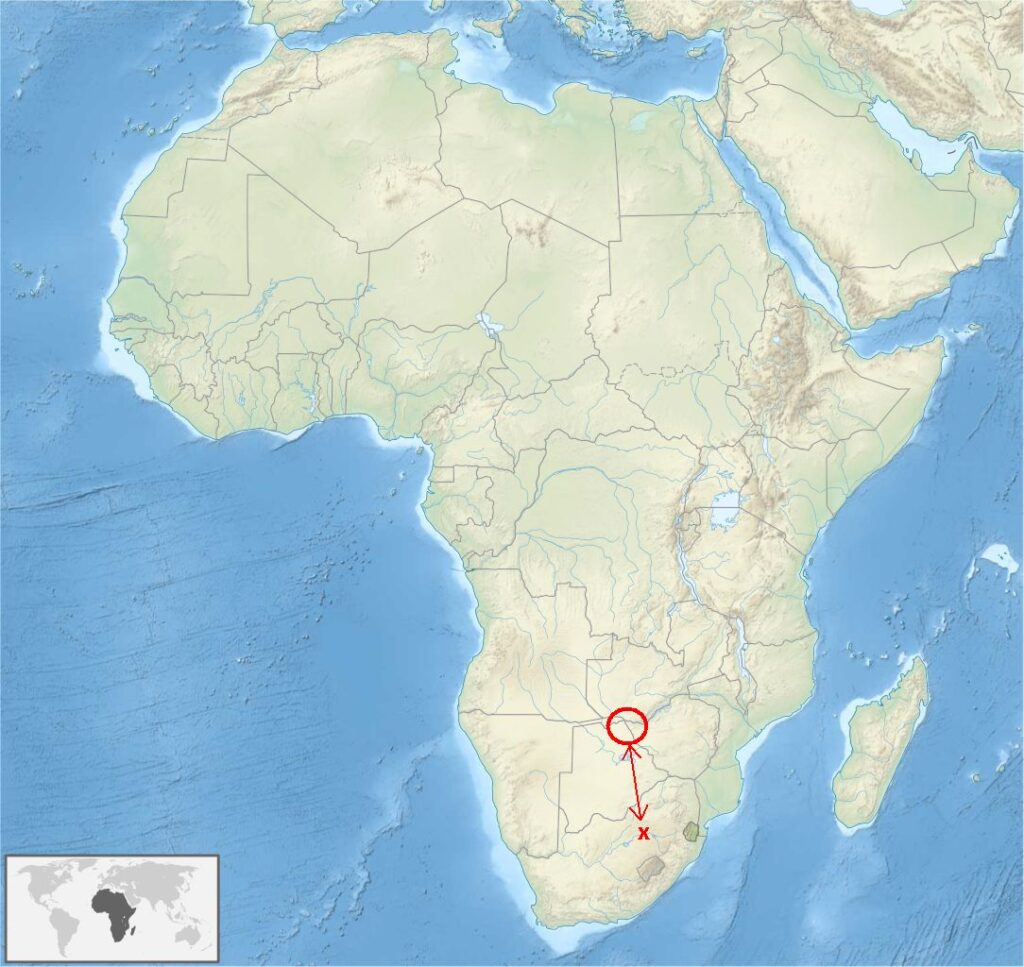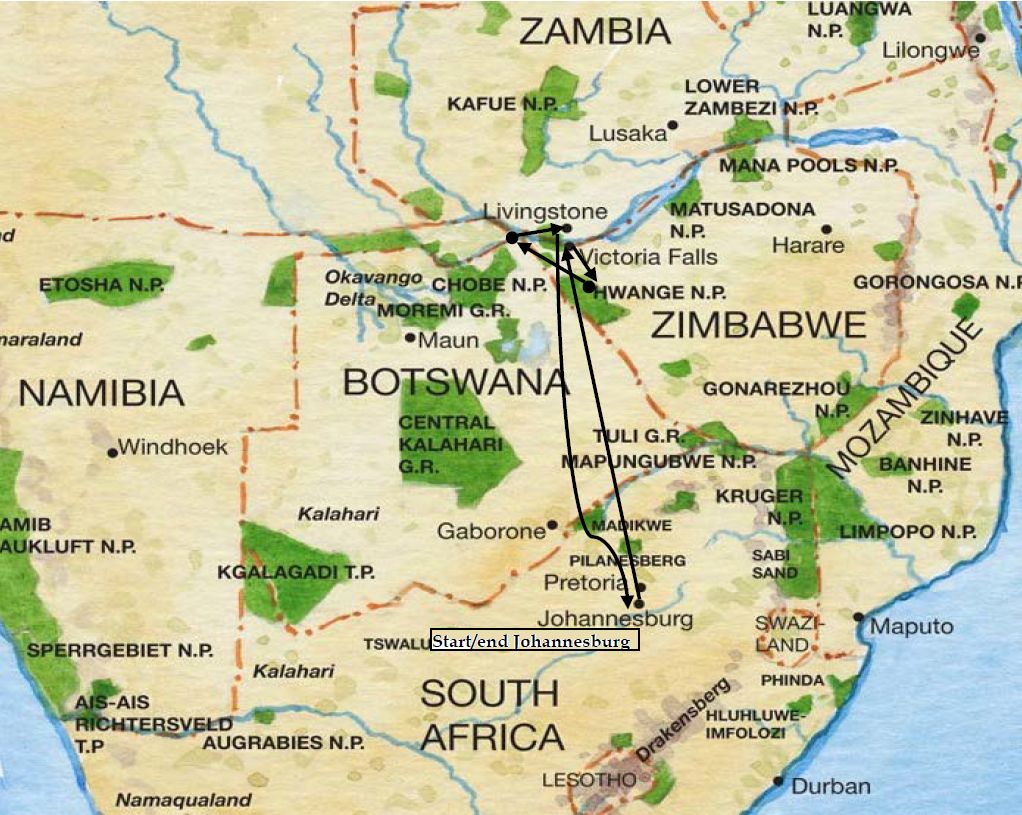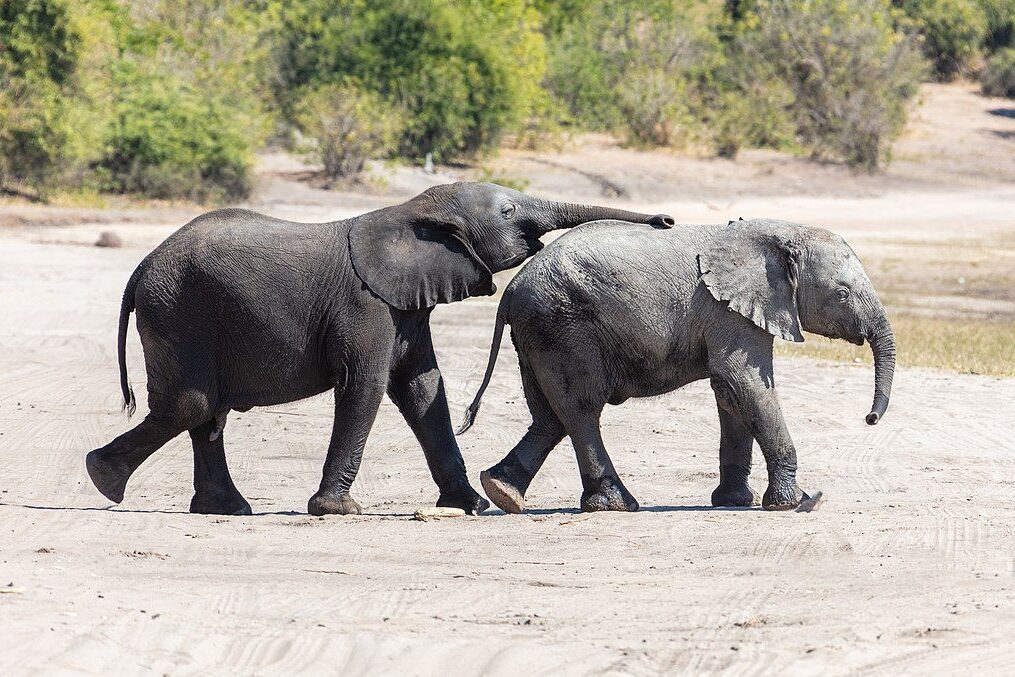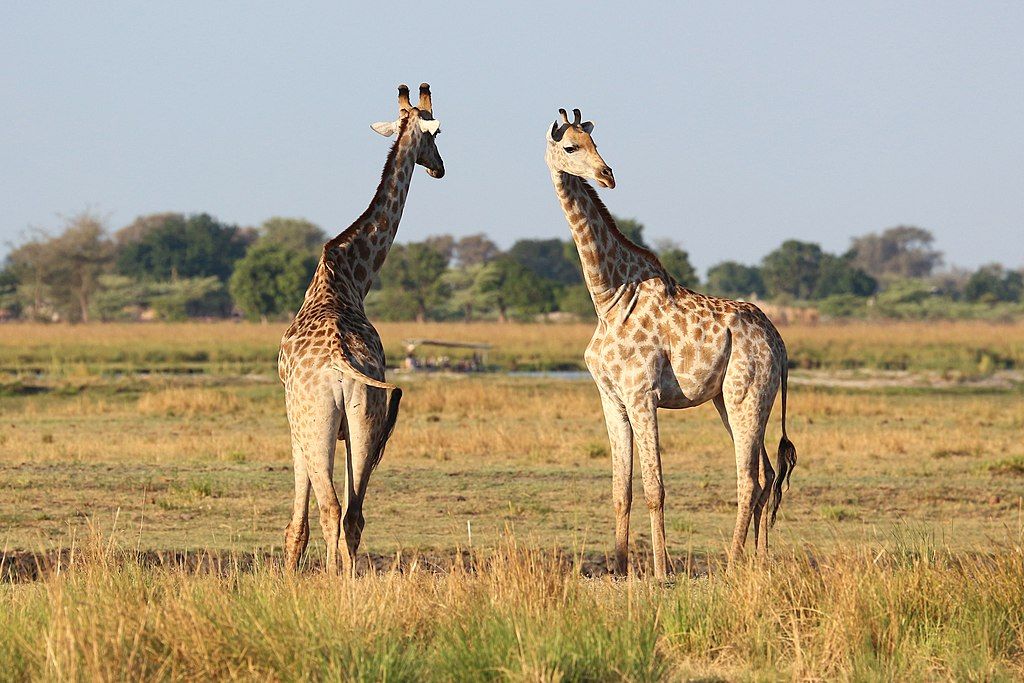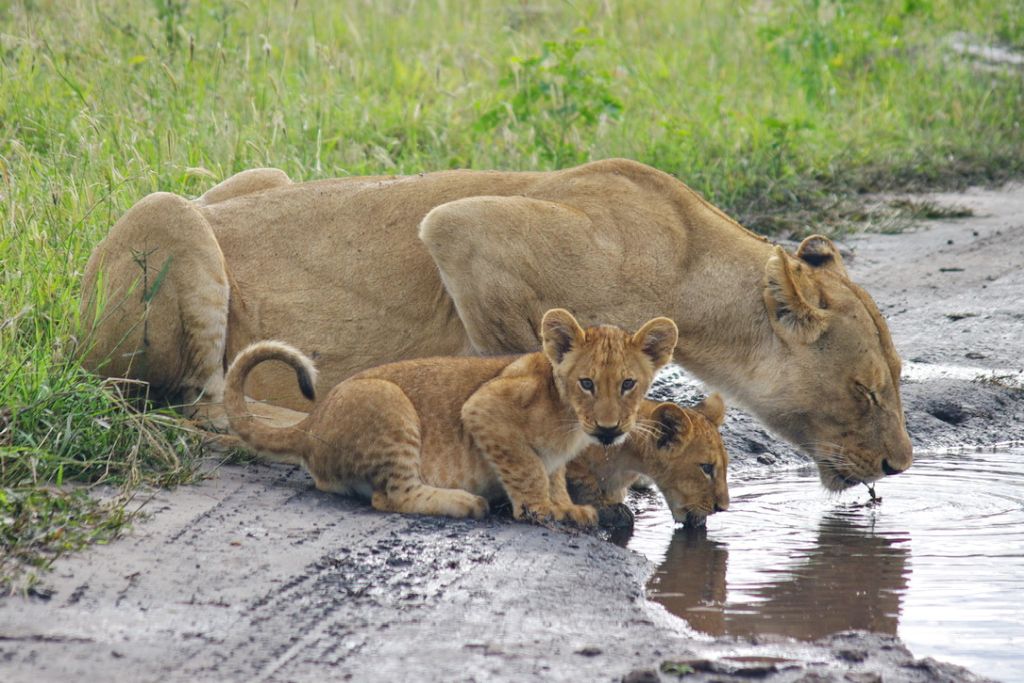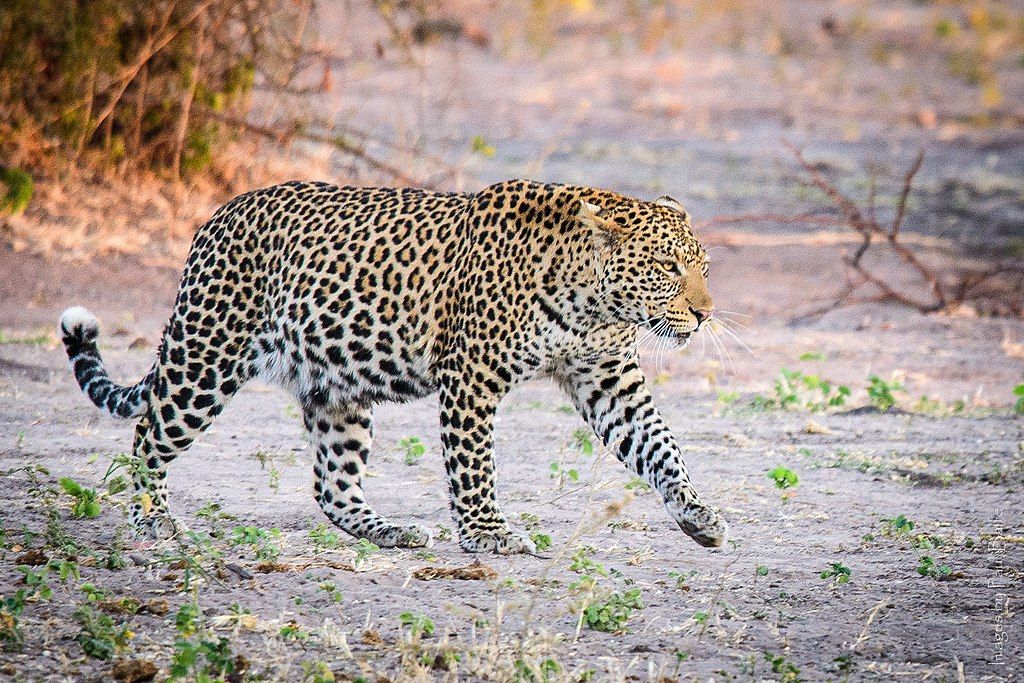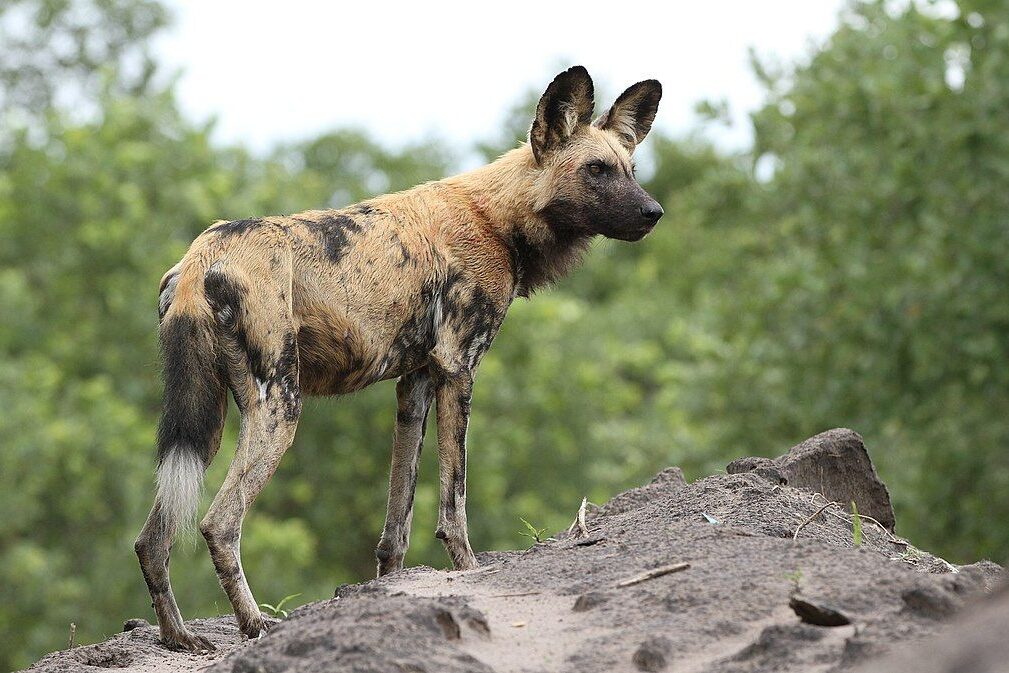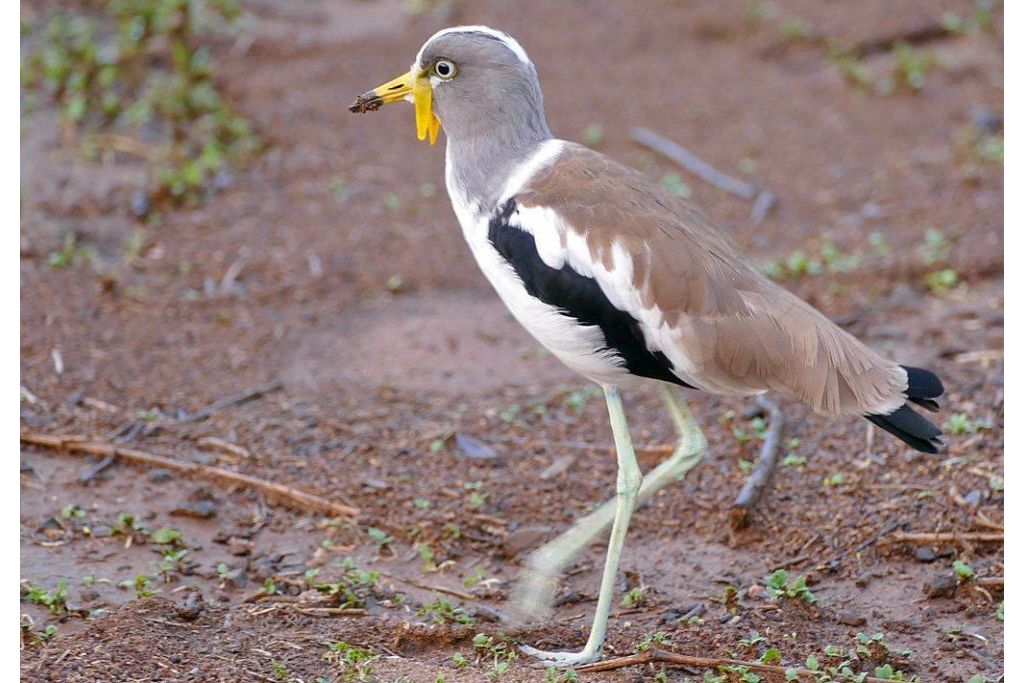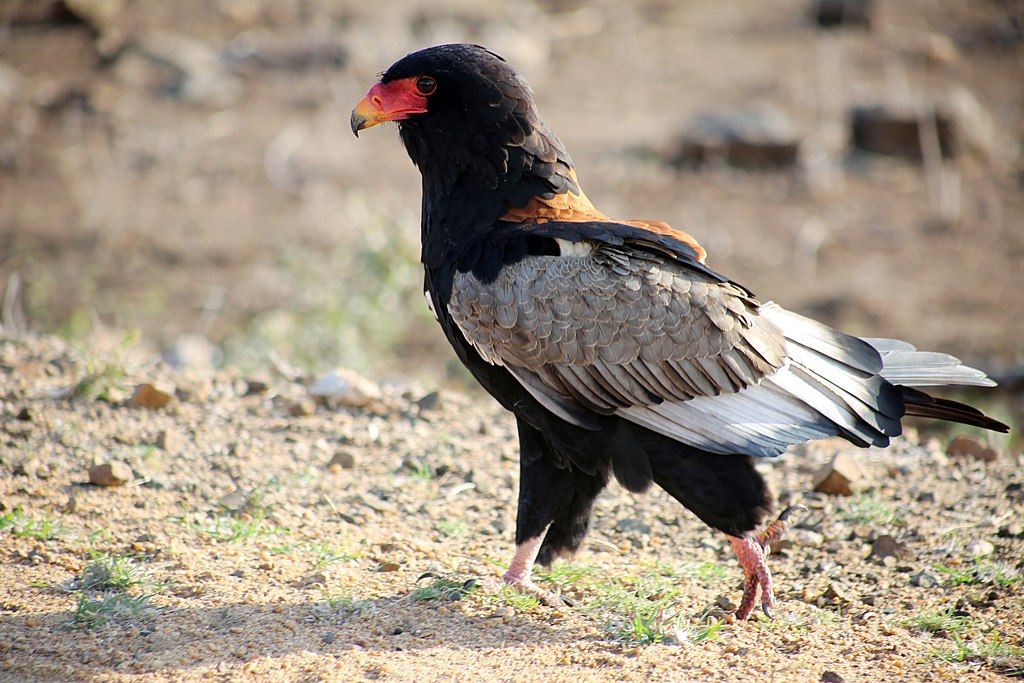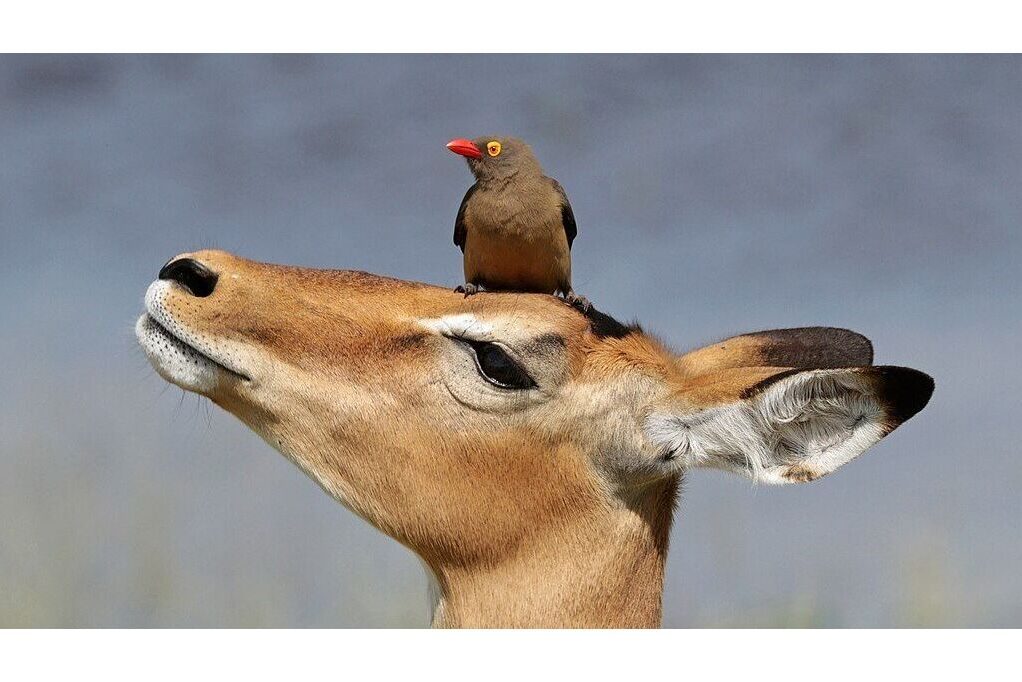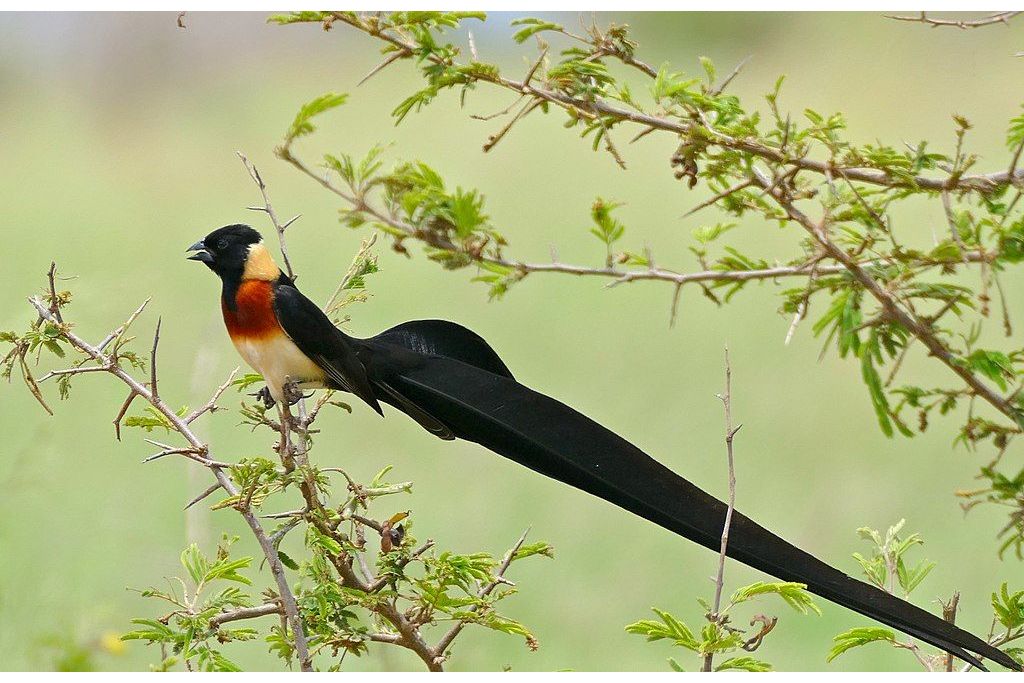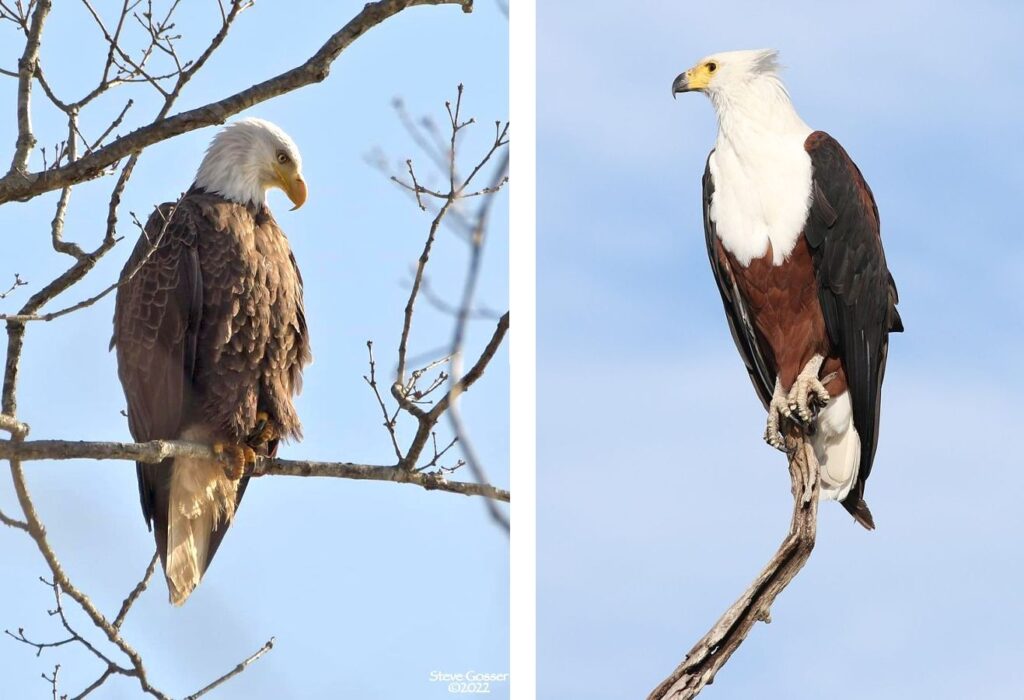
28 January 2024: Day 10, Chobe National Park by boat, Botswana — Road Scholar Southern Africa Birding Safari. Click here to see (generally) where I am today.
In Africa there’s a fish eating eagle that has many characteristics in common our own bald eagle. It eats fish, builds a stick nest near water, has a white head and tail, and perches and calls in pairs.
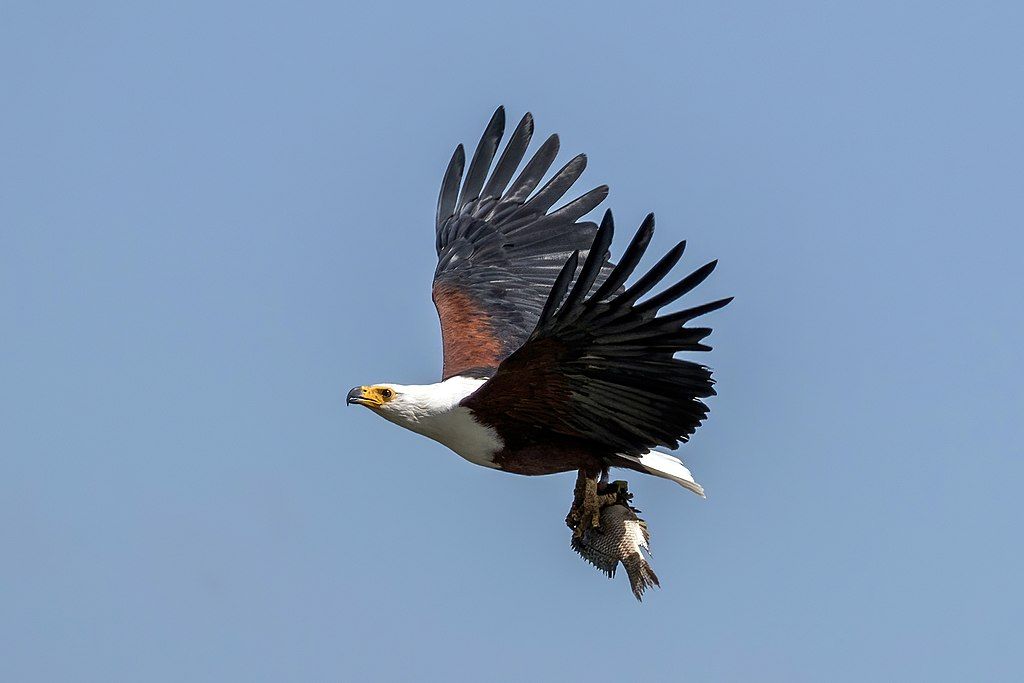
Prior to 2018 it was in the same genus as North America’s bald eagle (Haliaeetus leucocephalus) but DNA evidence moved the African fish eagle to Icthyophaga vocifer, the “fish-eater with loud voice.” It is closely related to the Madagascar fish eagle (I. vociferoides).
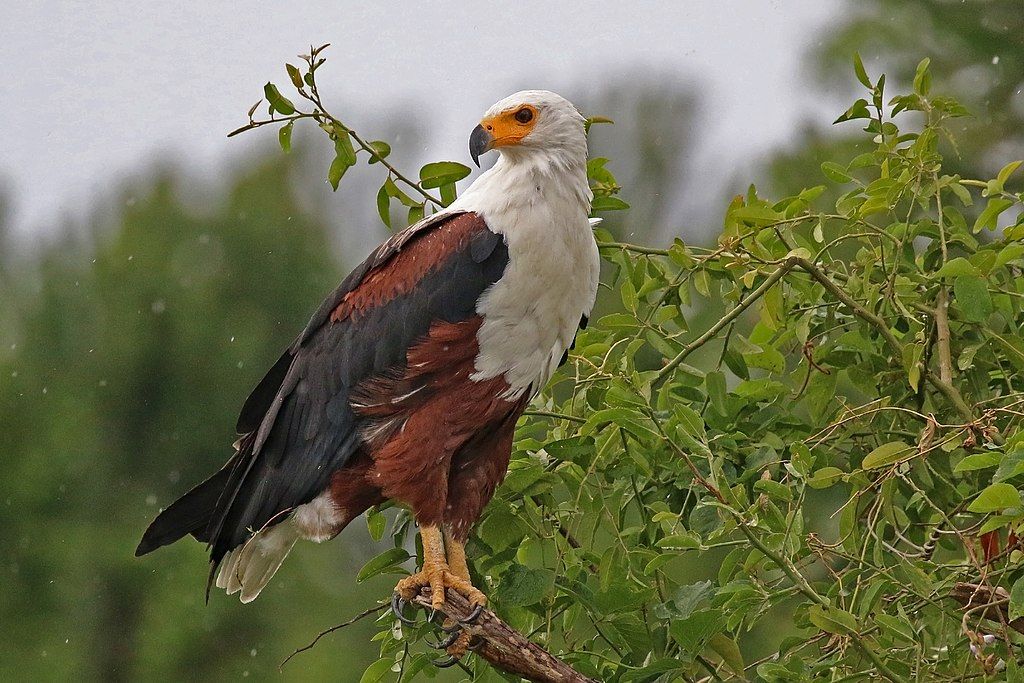
Nonetheless it behaves a lot like a bald eagle. This description of the African fish eagle could be written about the bald eagle, including the habit of stealing fish from ospreys.
… Red-knobbed Coot are important prey in addition to fish. Hunts mainly from a perch by swooping down to pluck prey from near the water surface, rowing larger prey to shore. Rarely hunts when soaring, but regularly pursues and pirates other piscivorous [fish-eating] birds. Perches for 85–95% of day in productive tropical habitat. Usually solitary, but more than 100 may gather at concentrations of stranded fish.
— Birds of the World: African fish eagle
If you watch bald eagles, you’ll recognize the African fish eagle’s hunting technique.
African fish eagles are louder than bald eagles; they sound almost like gulls. Just as for bald eagles the female is larger — she’s on the left.
Here’s a pair of bald eagles calling for comparison. Their voices are much softer.
It’s no wonder these two were in the same genus for so long.
p.s. Fish eagles were easy to find along the Chobe River at the Botswana-Namibia border.
(credits are in the captions)
